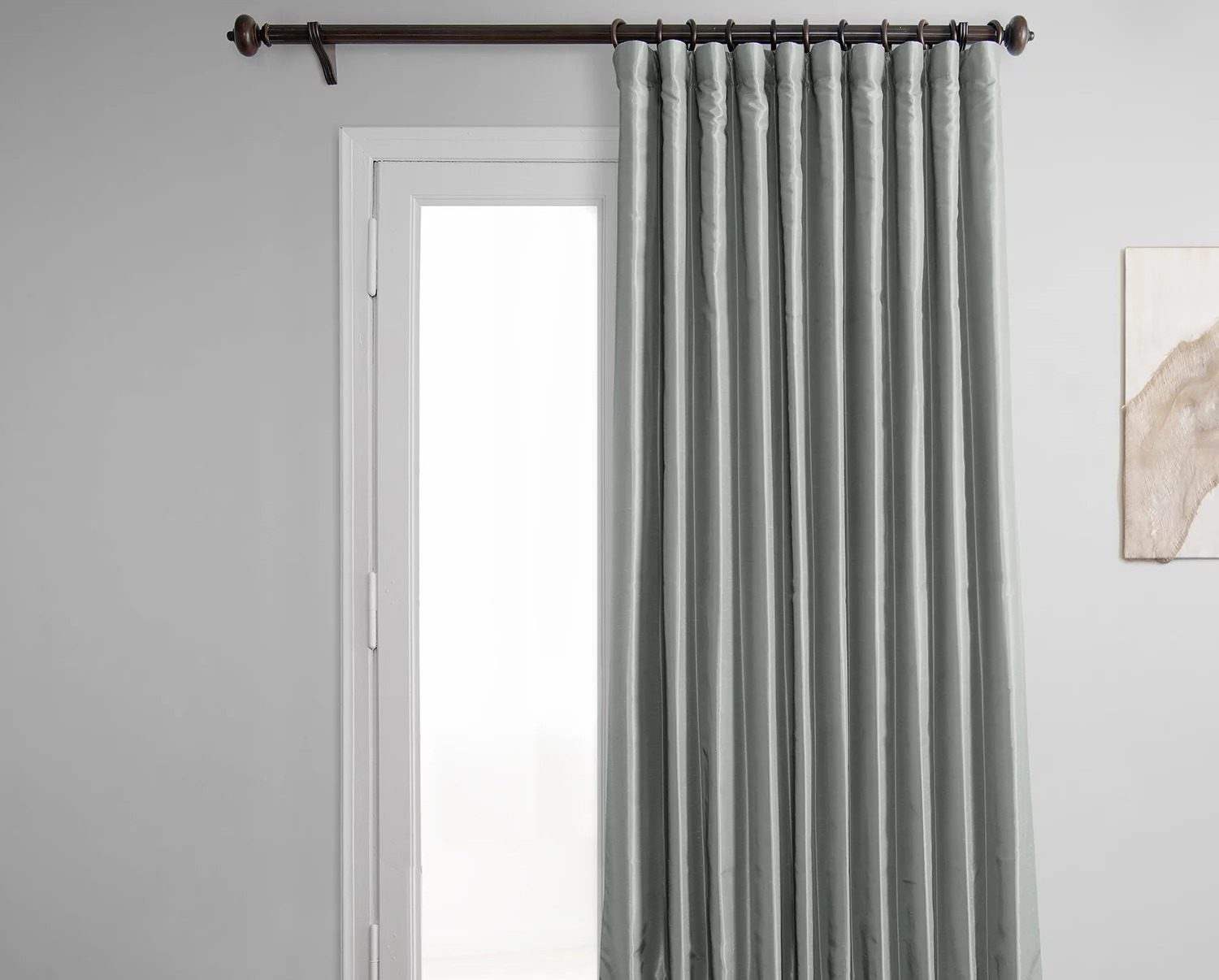

Articles
What Does 1 Panel Of Curtains Mean
Modified: October 23, 2024
Discover the meaning behind 1 panel of curtains with our informative articles. Explore different styles and uses to make your home decor complete.
(Many of the links in this article redirect to a specific reviewed product. Your purchase of these products through affiliate links helps to generate commission for Storables.com, at no extra cost. Learn more)
Introduction
Welcome to the wonderful world of window treatments! When it comes to styling your windows, there are numerous options to explore, and one popular choice is curtains. But have you ever wondered what exactly a panel of curtains entails? Don’t worry; we’re here to shed some light on this intriguing topic.
A panel of curtains refers to a single piece of fabric that is used to cover a portion of a window. It is typically hung from a curtain rod and can be opened or closed to control the amount of light and privacy in a room. The length and width of a panel can vary depending on the window size and the desired look.
Now that we have a basic understanding of what a panel of curtains is, let’s delve deeper into the various materials and styles available.
Key Takeaways:
- Choosing the perfect panel of curtains involves considering factors such as room function, fabric type, color, and length to create a visually stunning and functional space that reflects your unique style and needs.
- Properly hanging and maintaining curtain panels is crucial for their longevity and functionality. Regular maintenance, careful consideration of cost and budget, and taking advantage of sales and discounts can help you achieve the desired look while staying within your financial means.
Read more: What Does Type 1 Ladder Mean
Definition of a Panel of Curtains
A panel of curtains is a single piece of fabric that is used as a window treatment to enhance the aesthetics and functionality of a room. It is typically made from various materials such as cotton, polyester, silk, or linen, and can be found in a wide range of styles, colors, and patterns.
Each panel is designed to cover a portion of the window, providing privacy, blocking out light, and enhancing the overall décor of the room. The size of the panel will depend on the dimensions of the window and the desired look. Some panels may cover the entire window, while others may only cover a portion, allowing for an interplay of light and shadow.
Panel curtains can be found in different configurations, such as single panel curtains, which consist of one panel covering the window, or double panel curtains, where two panels are used to create a layered and more voluminous look.
While the primary purpose of a panel of curtains is to provide privacy and control light, they also offer numerous other benefits. They can help insulate a room, reducing heat transfer in the summer and retaining warmth in winter. Additionally, curtains can act as a sound barrier, reducing external noise and creating a more peaceful and serene ambiance.
It’s important to note that a panel of curtains can also be used in conjunction with other window treatments, such as valances, blinds, or shades, to create a layered and more visually appealing look. The possibilities are endless when it comes to combining different window treatments to suit your personal style and needs.
Now that we have a solid understanding of what a panel of curtains is, let’s explore the various materials and styles that are available in the market.
Materials and Styles
One of the fascinating aspects of panels of curtains is the wide variety of materials and styles available. This allows you to choose curtains that not only complement your interior design but also meet your functional needs.
When it comes to materials, cotton is a popular choice due to its durability, versatility, and ease of maintenance. It offers a wide range of options, from lightweight and sheer curtains to heavier, more opaque ones. Polyester is another common material that is known for its durability, resistance to wrinkles, and affordability. It is available in various textures, patterns, and colors. For those seeking a touch of luxury, silk curtains provide a smooth and elegant look, adding a touch of sophistication to any room. Linen is a great choice for those who prefer a more natural and textured feel, as it offers a rustic and relaxed look.
Once you have chosen the material, it’s time to consider the style of your curtains. Some popular styles include:
- Rod Pocket: This classic style features a pocket at the top of the curtain panel, allowing you to slide the rod through for easy installation.
- Grommet: Grommet curtains have metal rings at the top that create a neat and modern look while allowing for smooth movement along the curtain rod.
- Tab Top: Tab top curtains feature fabric loops at the top, through which the rod is threaded. This style offers a casual and relaxed appearance.
- Pleated: Pleated curtains have folds or pleats sewn into the header, creating an elegant and tailored look. Common pleat styles include pinch pleats, goblet pleats, and box pleats.
The choice of style will depend on factors such as your personal taste, the overall aesthetic of the room, and the level of formality you desire.
In addition to the material and style, you can also explore various patterns, colors, and lengths to further customize your curtains. Floral patterns can add a touch of nature and femininity, while geometric patterns bring a contemporary and modern vibe. Bold and vibrant colors can make a statement, while neutral tones create a more serene and subtle ambiance. The length of the curtains can also impact the overall look, with options ranging from floor-length panels for a dramatic effect to shorter curtains that add a casual and airy feel to the room.
With so many options available, it’s important to take your time, consider your preferences, and choose the materials and styles that best reflect your personal style and complement your existing décor.
Now that we have explored the materials and styles, let’s move on to the importance of proper measurement when it comes to selecting the right panel of curtains.
Importance of Proper Measurement
When it comes to choosing a panel of curtains for your windows, proper measurement is crucial. It ensures that the curtains fit correctly and provide the desired functionality and aesthetic appeal. Here are a few reasons why taking accurate measurements is essential:
1. Perfect Fit: Taking precise measurements of your windows ensures that the curtains will fit accurately without any gaps or excessive bunching. Properly fitted curtains create a clean and polished look, enhancing the overall appearance of the room.
2. Light Control and Privacy: By measuring your windows correctly, you can ensure that the curtains fully cover the desired area, providing you with the desired level of privacy and controlling the amount of natural light entering the room. This is especially important for rooms such as bedrooms and media rooms, where light control is essential.
3. Functionality: Accurate measurements also play a crucial role in determining how well your curtains will function. Curtains that are too long or too short may not open and close smoothly, leading to frustration and potential damage to the curtains over time. Properly measured curtains will glide effortlessly along the curtain rod, allowing you to adjust them as desired.
4. Style and Aesthetics: Well-measured curtains can enhance the overall aesthetics of the room. Curtains that are too long or too short can appear disproportionate and visually unappealing, negatively affecting the overall ambiance and design of the space. Taking accurate measurements ensures that the curtains complement the room’s décor and create a harmonious look.
5. Cost-Efficiency: Taking precise measurements before purchasing curtains can save you time and money. Ordering curtains that are not the right size will require returning or exchanging them, resulting in unnecessary hassle and potentially additional expenses. By measuring correctly upfront, you ensure that you make the right purchase the first time around.
When measuring your windows for curtains, it’s important to consider factors such as the height and width of the window frame, any obstructions like radiators or furniture, and whether you want the curtains to hang inside or outside the window recess. Taking multiple measurements at different points along the window will help you account for any irregularities.
Remember to measure both the width and the length of the window, allowing for some overlap or extra fabric if you prefer a more gathered or layered look. It’s always better to err on the side of caution and have slightly longer curtains that can be hemmed to the correct length, rather than curtains that fall short.
By taking the time to measure your windows accurately, you can ensure that you choose the perfect panel of curtains that fits seamlessly, functions properly, and enhances the overall look and feel of your space.
Now that we understand the importance of proper measurement, let’s move on to understanding the use of panels for window treatments.
Understanding the Use of Panels for Window Treatments
Panels of curtains are a versatile and popular choice for window treatments. They can be used in various ways to achieve different effects and fulfill specific needs. Let’s explore some common uses of panels for window treatments:
1. Privacy: One of the primary purposes of using curtain panels is to ensure privacy. By closing the curtains, you can create a barrier that prevents people from seeing inside your home. This is particularly important in bedrooms and ground-floor rooms that face the street or neighboring buildings.
2. Light Control: Curtain panels are also effective in controlling the amount of natural light that enters a room. In spaces where you want to block out daylight, such as home theaters or bedrooms for daytime sleepers, using opaque or blackout curtain panels can create a dark and cozy atmosphere. On the other hand, sheer or semi-sheer curtain panels allow diffused light to filter through, creating an airy and soft ambience.
3. Decoration and Aesthetics: Panels of curtains provide an opportunity to enhance the overall aesthetics of a room. By selecting curtain panels in colors, patterns, and textures that complement your interior design, you can elevate the visual appeal of the space. Curtain panels can serve as a focal point or blend seamlessly with the existing décor, depending on your preference.
4. Insulation and Energy Efficiency: Curtain panels can contribute to the insulation of your home by reducing heat transfer through windows. During the summer, using light-colored or thermal-lined curtain panels can help keep your home cool by blocking out the sun’s rays. In colder months, thick and insulating curtain panels can help retain heat, reducing energy consumption and heating costs.
5. Noise Reduction: In addition to privacy and light control, curtain panels can also contribute to reducing external noise. The thickness and texture of the fabric can help absorb sound, creating a more peaceful and serene environment inside your home. This is particularly beneficial if you live in a noisy neighborhood or near a busy street.
6. Creating Visual Height: Curtain panels offer an excellent opportunity to create an illusion of height in a room. By hanging the curtain rod closer to the ceiling and using longer panels that touch the floor, you can visually elongate the windows and make the room feel more spacious and grand.
Remember, the way you choose to use curtain panels will depend on your specific needs, style preferences, and the functionality you seek. You may opt for a single panel on each window or use multiple panels for a fuller and more luxurious look. Experimenting with different styles and combinations can help you achieve the desired effect and make a statement with your window treatments.
Now that we understand the various uses of curtain panels, let’s explore some important factors to consider when choosing the right panel of curtains.
1 panel of curtains typically refers to a single curtain panel, suitable for covering half of a window or for decorative purposes. If you need to cover a full window, you will likely need 2 panels. Always check the product description for the number of panels included.
Read more: What Does E1 Mean On A Washing Machine
Factors to Consider when Choosing a Panel of Curtains
Choosing the right panel of curtains involves considering several important factors. By taking these factors into account, you can ensure that the curtains not only enhance the aesthetics of your space but also meet your functional needs. Here are some key aspects to consider when selecting curtain panels:
1. Room and Purpose: Consider the specific room where the curtains will be installed and the purpose they will serve. For example, in a bedroom, you may prioritize privacy and light control, while in a living room, you may focus on style and creating an inviting atmosphere. Understanding the room’s function will help determine the appropriate fabric, color, and style for your curtains.
2. Fabric Type and Durability: Different fabric types offer unique characteristics and performance. Consider the durability and maintenance requirements of the fabric. If you have children or pets, you may need a fabric that is more resistant to stains and wear. Additionally, take into account the level of privacy and light control you desire, as some fabrics are more sheer or opaque than others.
3. Color and Pattern: The color and pattern of the curtain panels can dramatically impact the overall look of the room. Choose colors that complement your existing décor and create the desired atmosphere. Solid colors offer versatility and can easily blend with various styles, while patterns can add visual interest and make a statement. Consider how the colors and patterns will interact with the natural light in the room.
4. Curtain Length and Fullness: Determine the ideal length of the curtains based on your style preference and the room’s height. Floor-length curtains create an elegant and dramatic look, while shorter curtains can add a casual and airy vibe. Consider the fullness of the curtain panels as well. Fuller panels can create a more luxurious and rich appearance, while less full panels offer a more contemporary and streamlined look.
5. Rod and Hanging Mechanism: The choice of curtain rod and hanging mechanism can impact both the functionality and visual appeal of your curtains. Consider the weight and length of the curtain panels to ensure the rod can sufficiently support them. Explore different types of rods, such as standard rods, tension rods, or decorative rods, to find the one that best suits your style. Additionally, consider the ease of installation and maintenance of the chosen hanging mechanism.
6. Budget and Cost: Set a budget for your curtain panels and consider the cost of the selected fabric, style, and quantity of panels. Keep in mind that high-quality curtains may be a long-term investment, as they offer durability and better performance over time. However, there are also cost-effective options available that can still meet your needs and aesthetic preferences.
7. Room Lighting and Temperature: Consider the amount of natural light in the room and the desired level of light control. Lighter colors and sheer fabrics allow more light to filter through, while darker colors and thicker fabrics block out more light. If you want to regulate the room’s temperature, consider thermal or insulating curtain panels that help with energy efficiency.
By carefully considering these factors, you can choose the perfect panel of curtains that not only enhances the visual appeal of your space but also provides the functionality and performance you desire.
Now that we have explored the important factors to consider when choosing curtain panels, let’s move on to how panels can enhance interior design.
Enhancing Interior Design with Panels
Panel curtains offer a fantastic opportunity to elevate the interior design of your space. By carefully selecting the right fabric, style, and placement, you can create a focal point, enhance the overall aesthetic, and add a touch of sophistication to your room. Here are some ways in which panels can enhance your interior design:
1. Adding Texture and Dimension: Curtain panels can introduce texture and dimension to your space. Opt for fabrics with interesting weaves, patterns, or textures to create visual interest. For example, velvet panels can add a luxurious and sumptuous feel, while linen panels bring a natural and textured look.
2. Creating Visual Height: Panel curtains hung closer to the ceiling and extending to the floor can create an illusion of height, making the room appear more spacious and grand. This works particularly well in rooms with low ceilings.
3. Enhancing Color Scheme: Curtain panels can act as an extension of your color scheme. Choose panels that complement or contrast with the existing colors in your room, adding depth and visual harmony. They can tie together different elements and bring a cohesive look to the space.
4. Making a Statement: Bold and patterned curtain panels can serve as a statement piece in your room. They can become the focal point and set the mood for the entire space. Use them to add a pop of color, introduce a striking pattern, or showcase your personal style.
5. Softening and Balancing the Space: Curtain panels can soften harsh lines and create a sense of balance in a room. They add a softness that contrasts with the solid walls and furniture, creating a more inviting and cozy atmosphere. They can also help to absorb sound, improving acoustics and reducing echo in the space.
6. Framing the View: If you have a beautiful view from your windows, curtain panels can be used to frame and highlight it. Opt for panels that are easy to open and close, allowing you to enjoy the view whenever desired. This adds an element of beauty and serenity to your room.
7. Layering and Versatility: Curtain panels offer excellent opportunities to layer different window treatments. You can pair them with blinds, shades, or valances to create a customized and layered look that suits your style and needs. Layering can add depth, texture, and functionality to your windows.
Remember to consider the overall style and theme of your room when selecting curtain panels. Whether you prefer a modern, minimalist look or a traditional, elegant style, there are panel curtains available to suit your preferences.
By carefully choosing and styling your curtain panels, you can transform your room into a visually stunning and inviting space that reflects your unique personality and design aesthetic.
Now that we have explored the ways in which panels can enhance interior design, let’s move on to the practical aspects of hanging and maintaining curtain panels.
How to Hang and Maintain Panels of Curtains
Properly hanging and maintaining your curtain panels is essential to ensure they look their best and continue to function effectively. Here are some tips to help you hang and maintain your panels of curtains:
1. Hanging Curtain Panels:
- Start by selecting the appropriate curtain rod for your panels. Ensure that it is sturdy enough to support the weight of the fabric.
- Position the rod brackets at the desired height and width, considering factors such as the length of the panels and the overall aesthetic you want to achieve.
- Slide the curtain panels onto the rod, making sure they are evenly distributed. If using multiple panels, ensure they are aligned properly to create a seamless look.
- Hang the rod onto the brackets and secure it in place. Double-check that the curtains hang straight and evenly.
2. Maintaining Curtain Panels:
- Regularly dust or vacuum your curtain panels to prevent the accumulation of dirt and dust. Use a soft brush attachment or a duster to gently remove any debris.
- Check the care instructions provided by the manufacturer for specific cleaning recommendations. Some curtain panels may be machine washable, while others may require dry cleaning or spot cleaning.
- If machine washing is suitable for your curtain panels, use a gentle cycle and cold water. Avoid using bleach or harsh detergents that can damage the fabric.
- Hang your curtain panels to dry or use a low heat setting in the dryer if recommended by the manufacturer. Remove them promptly to prevent wrinkling.
- If your curtain panels require ironing, set the iron to the appropriate temperature for the fabric type. Iron them on the reverse side or use a pressing cloth to avoid direct contact with the fabric.
- For sheer or delicate curtain panels, consider using a fabric freshener or lightly misting them with a fabric refresher spray to keep them smelling fresh.
3. Regular Maintenance:
- Check the curtain rod brackets regularly to ensure they are secure and properly anchored. Replace any worn or damaged brackets to prevent accidents or sagging curtains.
- Inspect the curtain panels for any loose threads, snags, or tears. Repair or reinforce them promptly to prevent further damage.
- Periodically rotate or switch the direction of your curtain panels to minimize sun-fading and ensure even wear.
- Consider using tiebacks or curtain holdbacks to keep the panels in place when not in use. This can help maintain the shape and appearance of the curtains.
- If your curtain panels have lining or backing, periodically check for signs of wear or discoloration. Replace the lining if necessary to maintain the panel’s functionality and appearance.
By following these tips, your curtain panels will continue to enhance your space and provide the desired functionality for years to come.
Now that we have covered hanging and maintaining curtain panels, let’s move on to the cost and budget considerations when purchasing them.
Cost and Budget Considerations
When it comes to purchasing curtain panels, there is a wide range of options available to suit different budgets. It’s important to consider your budgetary constraints while also keeping in mind the quality, durability, and style that you desire. Here are some cost and budget considerations to keep in mind:
1. Material and Quality:
The material of the curtain panels plays a significant role in determining their price. Natural fabrics such as silk and linen tend to be more luxurious and therefore come at a higher cost. Synthetic fabrics like polyester and cotton blends, on the other hand, are more affordable options. While natural fabrics often provide a more premium look and feel, synthetic fabrics can still offer durability and style at a lower price point.
2. Size and Length:
The size and length of the curtain panels can impact their cost. Floor-length panels generally require more fabric and thus tend to be pricier than shorter panels. Additionally, wider panels that cover a larger window or require more fabric for fullness can come at a higher cost. Consider the dimensions of your windows and the desired look to find the right balance between cost and desired aesthetic.
3. Style and Design:
Elaborate patterns, intricate details, and specialized designs can increase the cost of curtain panels. Custom-made options or designer brands may also come with a higher price tag. If you have a specific style or design preference, it’s important to weigh the cost against the visual impact it will bring to your space. Consider whether investing in a more expensive, unique design aligns with your overall budget and long-term goals for your room.
4. Ready-Made vs. Custom-Made:
Ready-made curtain panels are typically more budget-friendly compared to custom-made options. Ready-made panels come in standard sizes and designs, making them more accessible and affordable. However, if you have specific window dimensions or design requirements that cannot be met by ready-made options, you may need to consider a custom-made solution, which may involve a higher cost. Evaluate your priorities and budget to decide whether ready-made or custom-made panels are the right choice for you.
5. Quantity and Room Coverage:
The number of curtain panels required to cover your windows will affect the overall cost. Determine whether you need one or multiple panels per window and calculate the total number needed for your entire space. Additionally, consider if you want to cover all windows in your room or if you plan to use a combination of curtains and other window treatments. This will help you estimate the total cost and allocate your budget accordingly.
6. Sale and Discount Opportunities:
Keep an eye out for sales, promotions, and discounts offered by retailers. Many stores offer seasonal sales or clearance events where you can find curtain panels at discounted prices. Signing up for newsletters or following home decor retailers on social media can help you stay informed about any special offers or discounts available, allowing you to maximize your budget.
Remember, while it’s essential to consider your budget, it’s equally important to prioritize the quality and aesthetic appeal of your curtain panels. Finding a balance between cost and desired features will help you make a well-informed decision and create a beautiful space that meets your needs and aspirations.
Now that we have covered the cost and budget considerations, let’s conclude our exploration of panels of curtains.
Read more: What Does P1 Mean On An Air Conditioner
Conclusion
Choosing the perfect panel of curtains can transform the look and feel of your space, adding a touch of elegance, functionality, and personal style. From understanding the definition of a panel of curtains to exploring materials, styles, and the importance of proper measurement, we have delved into the various aspects of using curtains as window treatments.
The materials and styles available for curtain panels allow you to customize your window treatments to suit your unique taste and needs. Whether you prefer sheer and airy fabrics, rich and luxurious textures, or bold and vibrant patterns, there is a perfect panel for every interior design style.
Proper measurement is crucial to ensure that your curtains fit perfectly, provide the desired level of privacy and light control, and function smoothly. By considering factors such as room and purpose, fabric type and durability, color and pattern, and curtain length and fullness, you can make an informed decision that enhances both the aesthetics and functionality of your space.
Through careful selection of curtain panels, you can elevate your interior design by adding texture, creating visual height, complementing your color scheme, making a statement, and bringing balance to the room. Curtain panels also offer practical benefits such as privacy, light control, insulation, noise reduction, and framing outdoor views.
Properly hanging and maintaining your curtain panels is important to keep them looking their best and extending their lifespan. By taking care of regular maintenance, including dusting, cleaning, and inspecting for wear and tear, you can ensure that your curtain panels remain in optimal condition.
When considering the cost and budget of curtain panels, it’s important to strike a balance between affordability and quality. Factors such as material and quality, size and length, style and design, and whether to choose ready-made or custom-made options should be taken into account. Taking advantage of sales and discounts can help you stay within your budget while still achieving the desired look and functionality.
In conclusion, panels of curtains offer a versatile and stylish solution for window treatments, allowing you to enhance the aesthetics and functionality of your space. By considering the various factors we’ve discussed and infusing your personal style into the selection process, you can create a visually stunning and inviting environment that reflects your unique taste and creates a warm and welcoming atmosphere for yourself and your guests.
Eager to bring a fresh look to every room? Our "Curtain Ideas" guide offers 30 unique styles and handy tips tailored for diverse spaces. Whether you're sprucing up a cozy bedroom or adding flair to your living room, this article provides all you need for making informed decisions on curtain designs. Dive into a world of fabric choices, colors, and patterns that can transform any area into a stylish and inviting space.
Frequently Asked Questions about What Does 1 Panel Of Curtains Mean
Was this page helpful?
At Storables.com, we guarantee accurate and reliable information. Our content, validated by Expert Board Contributors, is crafted following stringent Editorial Policies. We're committed to providing you with well-researched, expert-backed insights for all your informational needs.
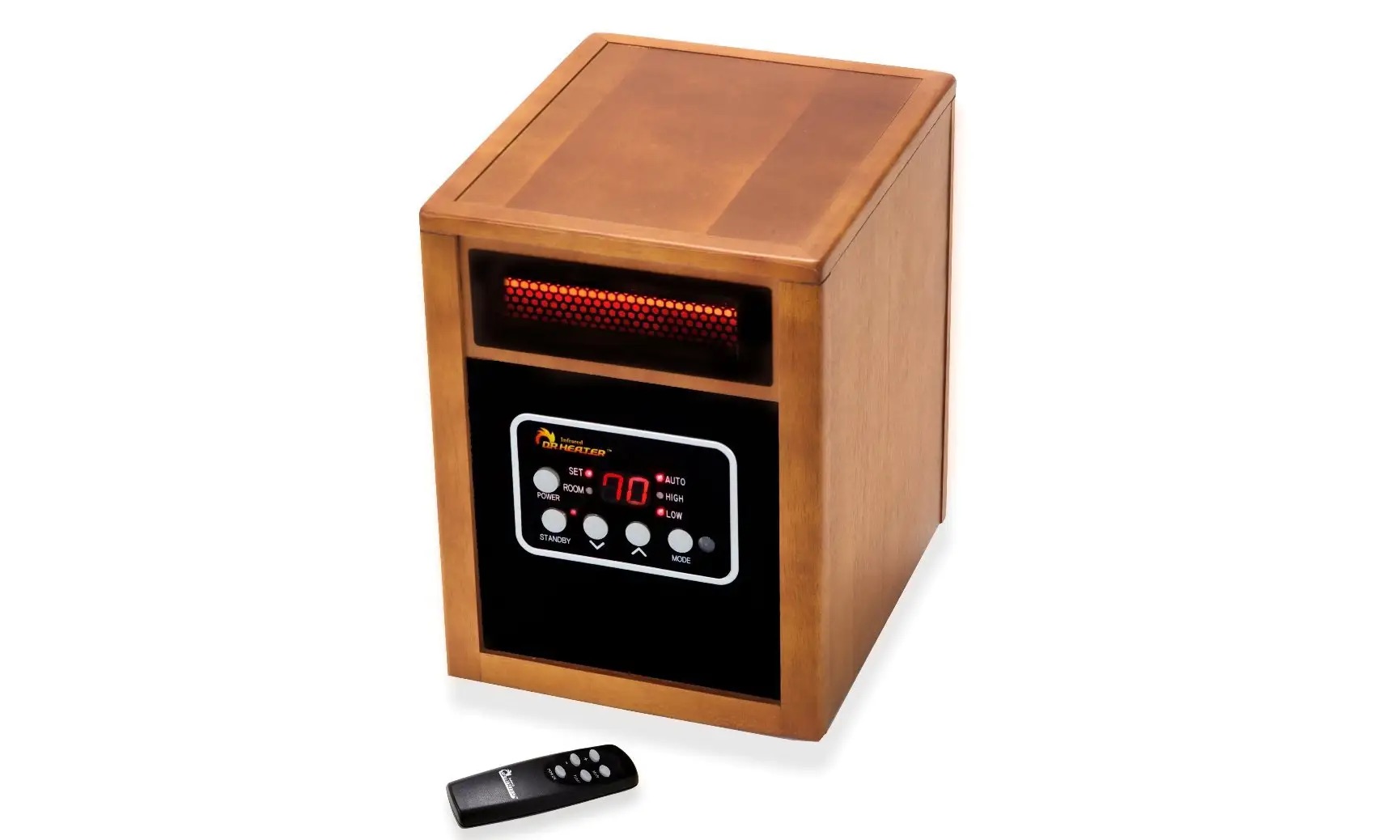
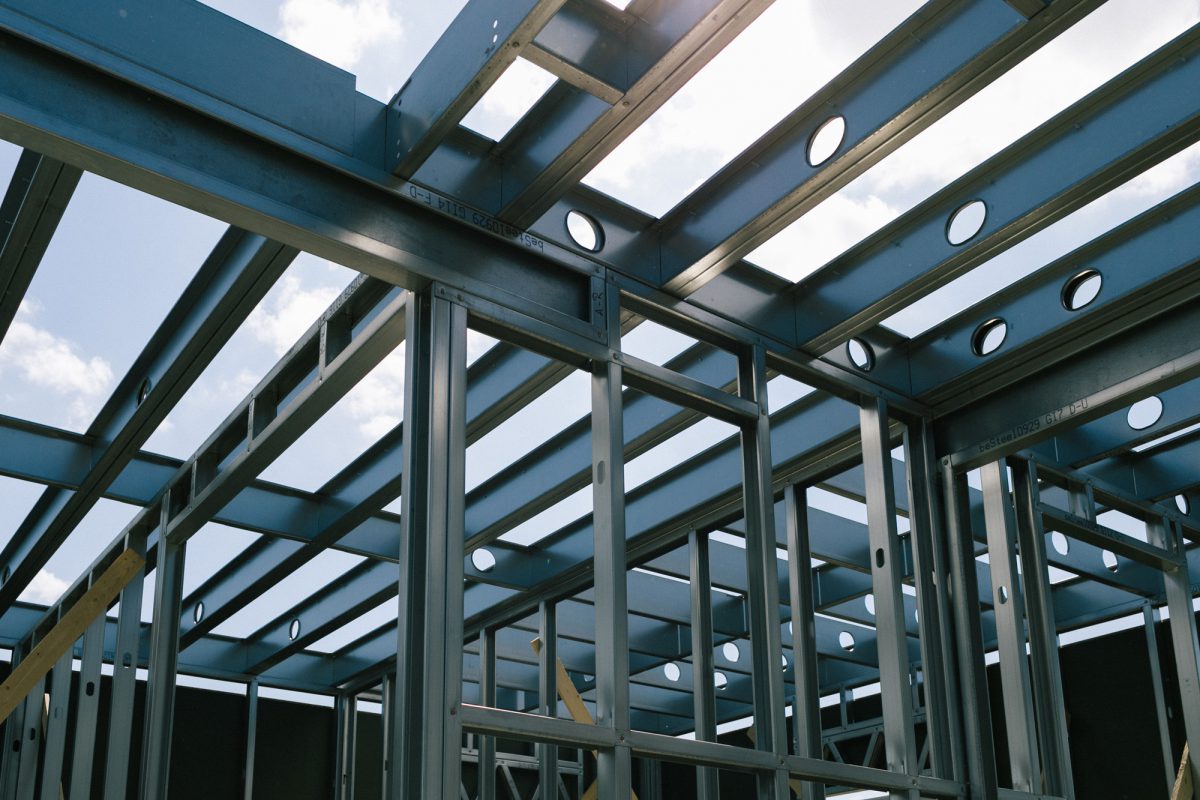




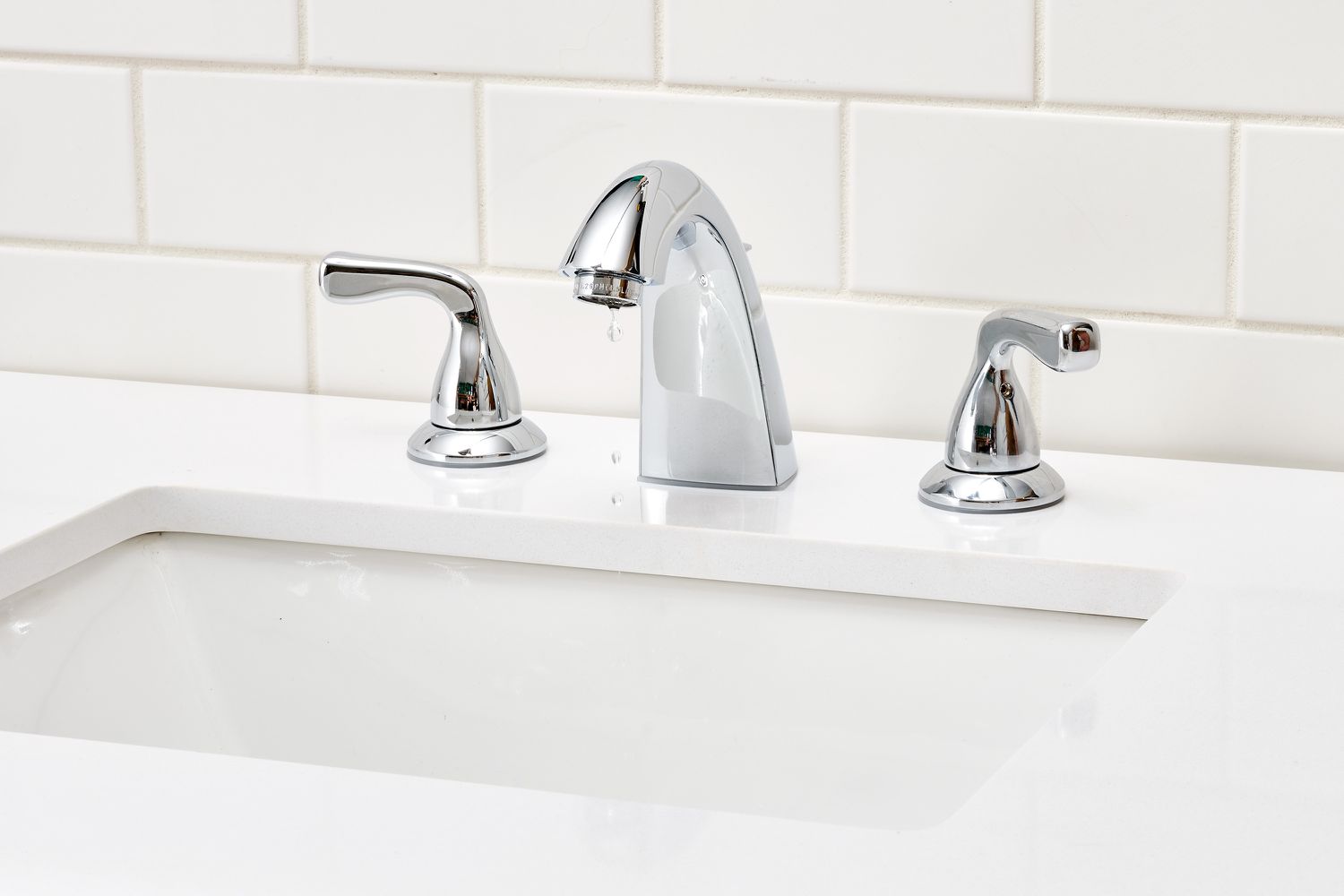
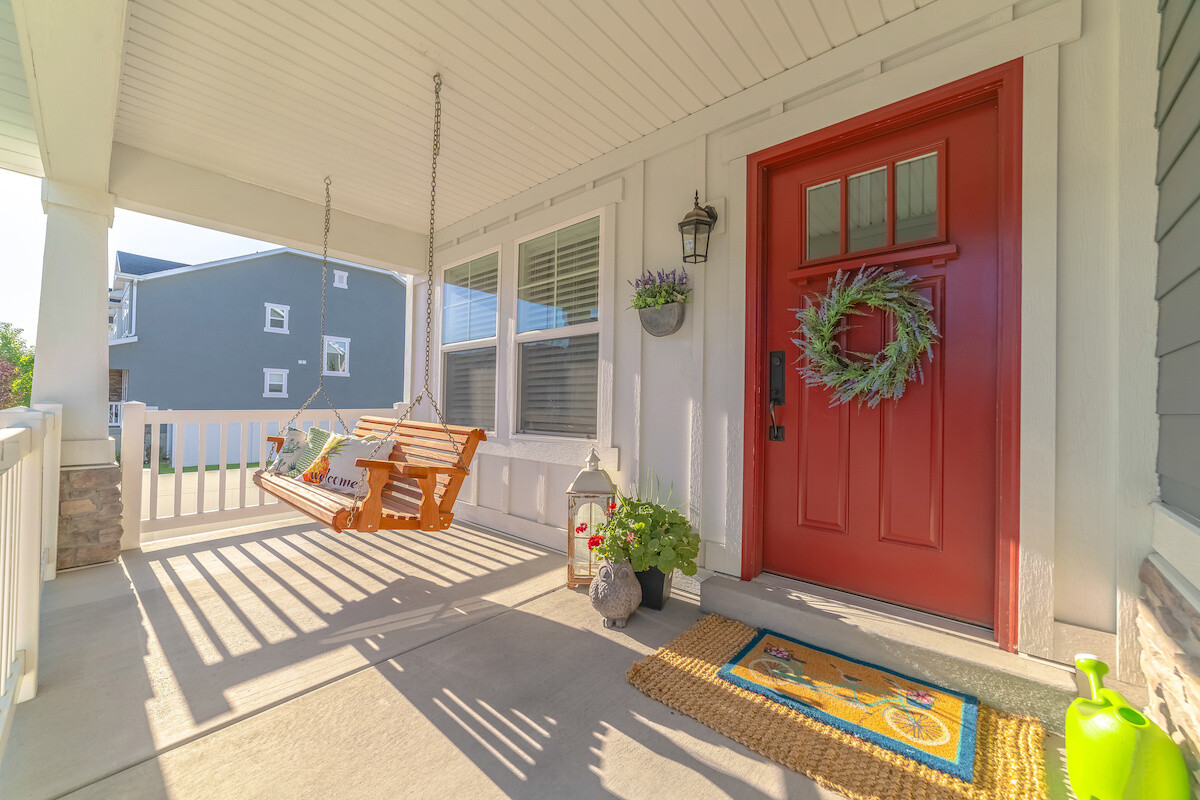
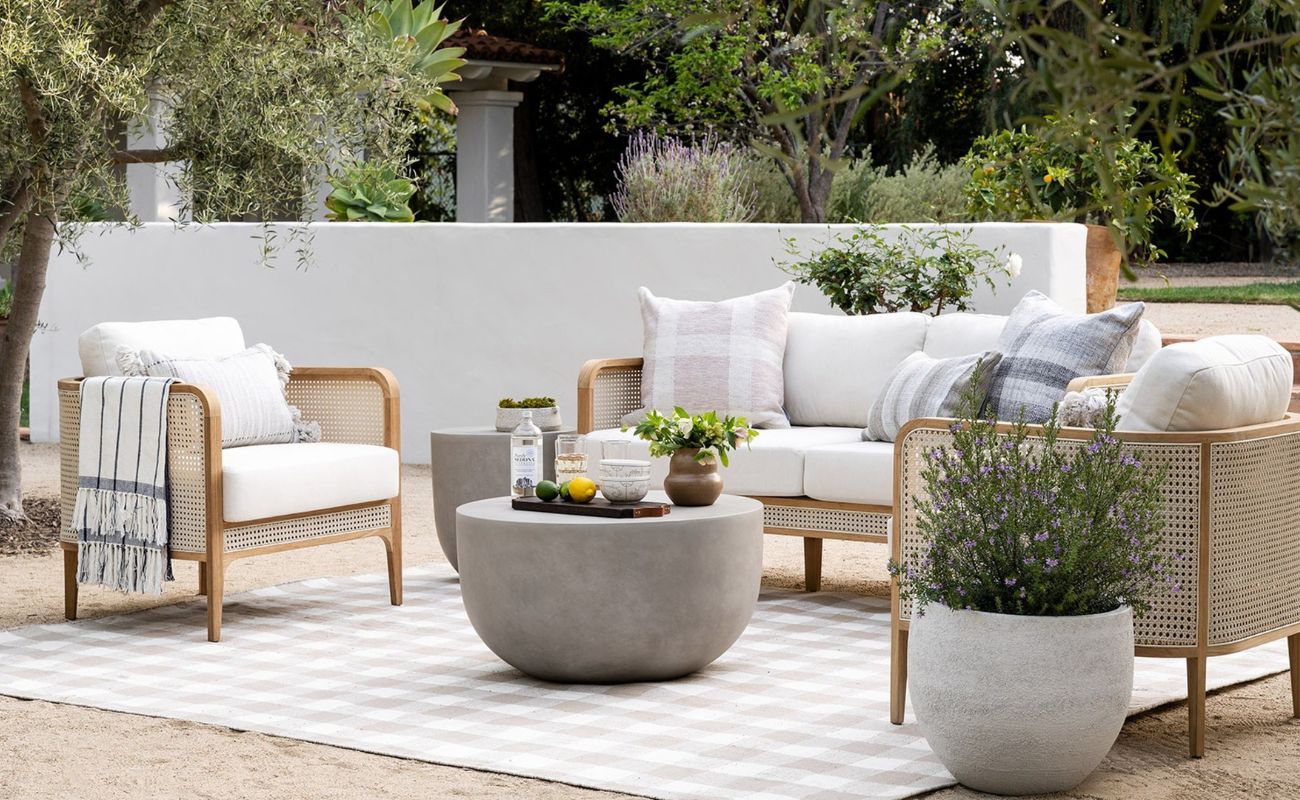


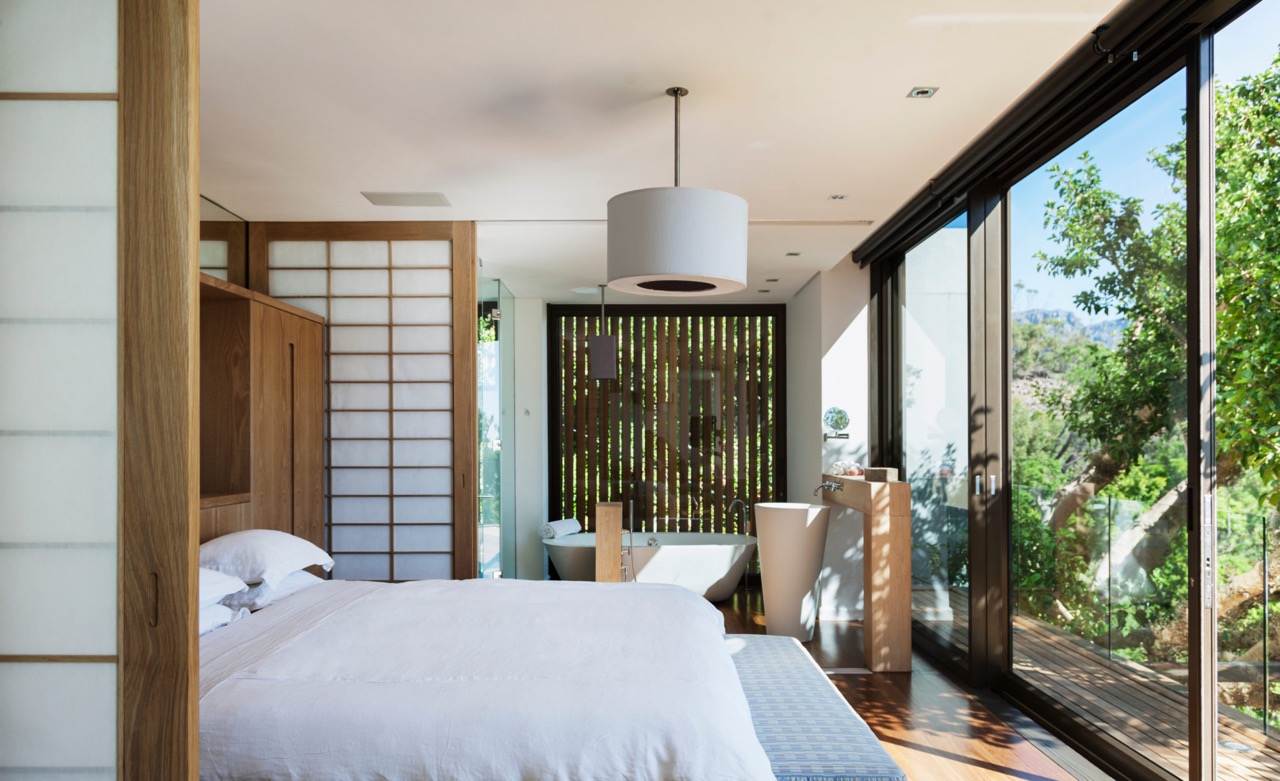


0 thoughts on “What Does 1 Panel Of Curtains Mean”